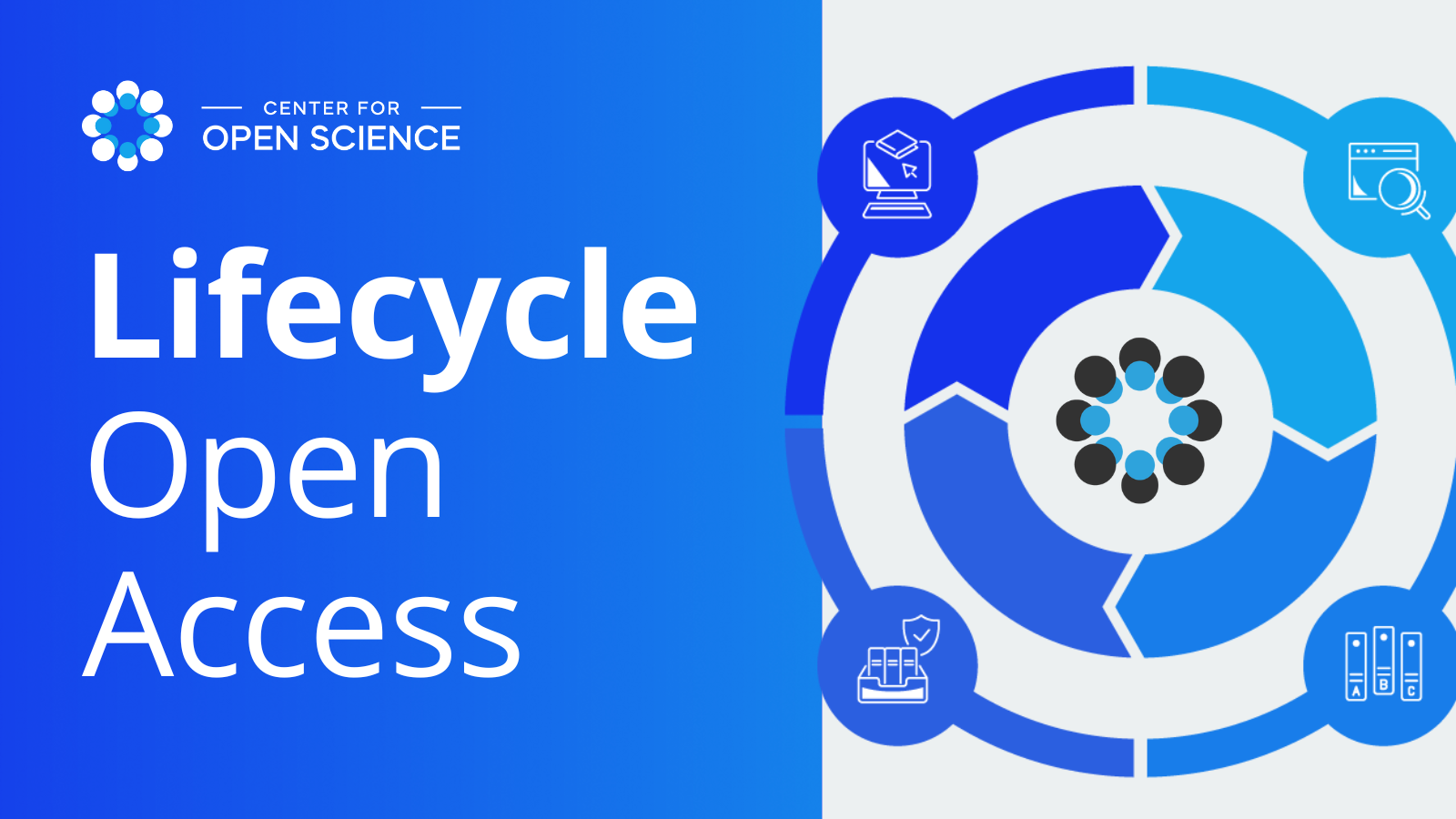
Open access publishing has transformed how we share and consume knowledge. By providing free, immediate, and unrestricted online access to scholarly research, open access has led to a shift in publishing models away from subscription fees and paywalls that previously limited access to and reuse of research. This shift has transformed publishing models and fueled the growth of preprints, open access journals, and open book publishing. Open access moves us forward. But when it’s linked to open plans, methods, data, code, and review, its benefits multiply.
Building on that momentum, communities are already making those connections. As a result, communities have been creating their own spaces to freely publish, discuss, and consume their research, from domain-specific preprint communities to grassroots publishing platforms. Preprint communities hosted on the OSF and externally are examples of this, as are alternative publishing and evaluation models like Lifecycle Journal and MetaROR. This empowers research communities to share faster, provide access to broader audiences, and engage openly in scholarly discourse on their research findings, while maintaining ownership.
Utilizing community-owned infrastructure ensures that the scholarship is not locked in, preserving the researcher's control over their work, ensures interoperability with other open systems, and builds community governance and sustainability without commercial fees. Communities, using their own infrastructure, can push further than opening just their papers, to enable transparency of review, feedback, and versioning of research publications. By making the review process open alongside the papers, the increase in transparency, accountability, and self-correction ensures research quality can also be assessed.
These communities seek to continue advancing openness and transparency and to maximize the benefits of research through increased access and reuse by making the entire lifecycle of research—from preregistration through publication—open to evaluate fully the rigor and quality. The full process of research planning and collaboration, data collection and analysis, and the final outcomes should be open. With a fully open research lifecycle, the academy, as well as the public, can evaluate the rigor of the research conducted and determine the credibility of the results.
Ultimately, both open science and open access seek to make the outputs of scholarly research open. Open science practices aim to open more than the outputs, to be open and transparent about the process of how the scholarly research was conducted. At the heart of their shared openness is open infrastructure for communities to operate and govern. Open infrastructure empowers communities to share, discuss, and evaluate their research together and preserves their control and opens up access. In addition, the shared investment supports sustainability of shared open infrastructure that communities can build, support, and collaborate on. That shared investment sustains open infrastructure that communities can evolve together as norms and technologies change.
Open access began the shift; lifecycle open science on open, interoperable infrastructure carries it forward. That combination helps communities see how claims are made and build responsibly on them.

6218 Georgia Avenue NW, Suite #1, Unit 3189
Washington, DC 20011
Email: contact@cos.io

Unless otherwise noted, this site is licensed under a Creative Commons Attribution 4.0 International (CC BY 4.0) License.
Responsible stewards of your support
COS has earned top recognition from Charity Navigator and Candid (formerly GuideStar) for our financial transparency and accountability to our mission. COS and the OSF were also awarded SOC2 accreditation in 2023 after an independent assessment of our security and procedures by the American Institute of CPAs (AICPA).
We invite all of our sponsors, partners, and members of the community to learn more about how our organization operates, our impact, our financial performance, and our nonprofit status.